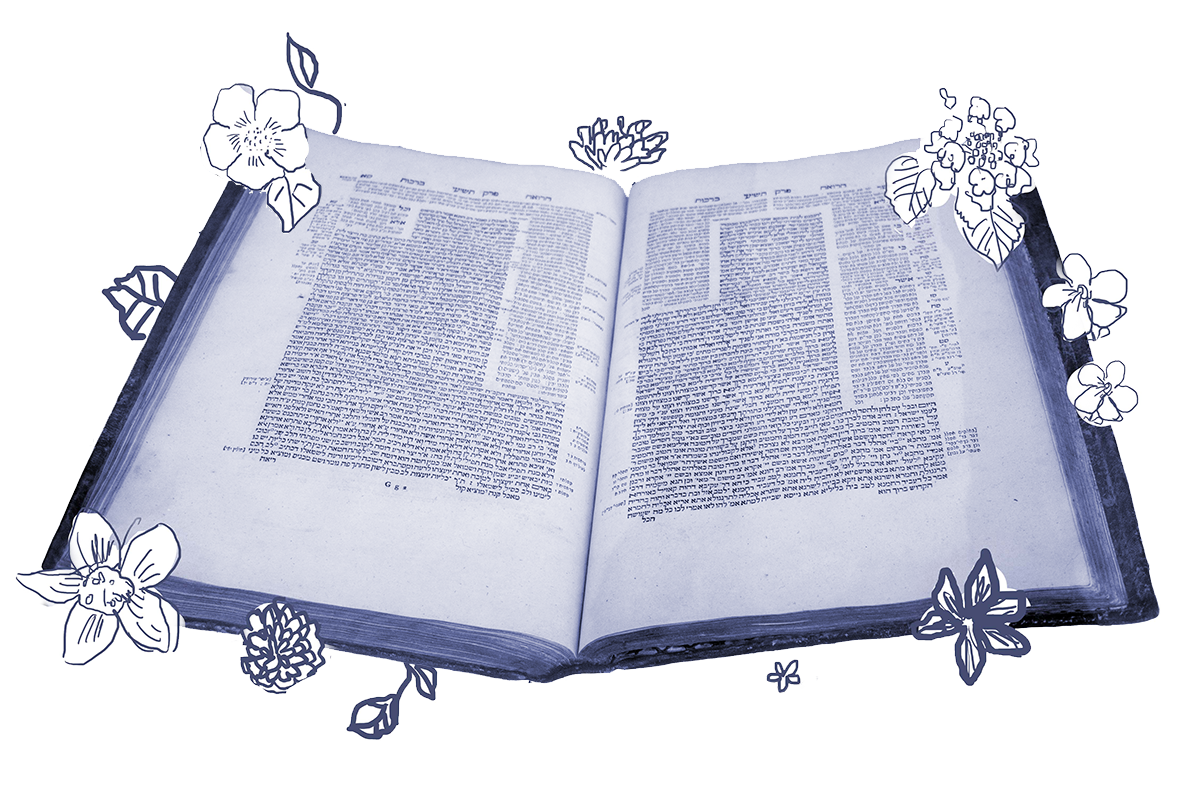As you may recall, the rabbis of the Talmud place themselves into two broad generational categories. The Tannaim, who lived approximately from the destruction of the Second Temple in 70 C.E. until 250 C.E., produced the Mishnah. Then there are the Amoraim, who lived from 250 until approximately the 6th century CE. These are the named rabbis in the Talmud who discuss and comment on the Mishnah. As a general rule, statements by these earlier rabbis, the Tannaim, take precedence over statements by the later rabbis. That means, of course, that the post-250 rabbis think the Mishnah is authoritative, but it also means that a non-Mishnah statement from the Mishnaic time period, often referred to as a beraita (from the Aramaic meaning “outside,” because it comes from outside the Mishnah), is also authoritative to them — even if it explicitly disagrees with the Mishnah’s position. It also means that one Tanna can have a valid dispute with another, whereas (usually) an Amora cannot argue with a Tanna’s opinion.
However, this general rule of Tannaitic precedence is just that: a rule that applies generally, but not 100% of the time. Every once in a while, an Amora will dispute, revise or even request deleted from the record a statement by a Tanna. In today’s daf, the rabbis debate whether to stick with the general principle of upholding all tannaitic statements, or whether a particular tannaitic statement ought to be deleted.
The topic of this daf is dough that is found in the cracks of a wooden bowl used for kneading. According to the Mishnah, if the total dough is more than the size of an olive, it counts as forbidden hametz and must be disposed of. If it is less than an olive amount, it is simply nullified and does not pose a problem on Passover.
A teaching by Rav Yehuda takes into account a very special case in which people normally add leftover dough to the sides of their kneading bowls to reinforce them (perhaps analogous to seasoning one’s cast iron pan with leftover oil). However, it turns out that there are actually two versions of his teaching! According to the first version, if people normally reinforce their bowls, then any amount of dough — even more than an olive-sized amount — is nullified and does not count as hametz. According to the second version, even less than an olive-sized amount of dough must be removed in a place where people reinforce their bowls. So which is it? In trying to sort out the answer, the Talmud offers two beraitot that each support one version of Rav Yehuda’s teaching. But, not surprisingly, this doesn’t get us to an answer because, as the Talmud notes:
With your help, My Jewish Learning can provide endless opportunities for learning, connection and discovery.
These beraitot contradict each other!
Rav Huna suggests a response that will have specific legal implications for the Talmud’s readers:
Delete the first one (which is more lenient, because it allows a large amount of dough to potentially be nullified), and keep the strict one (the second one, which requires the disposal of even tiny amounts of dough in certain cases).
Rav Yosef, however, objects strongly to Rav Huna’s desired correction of the record:
Have you removed the Tannaim from the world?! It is a dispute between Tannaim!
Rav Huna wants the Tannaim, his religious forebears, to provide one clear answer and he is ready to discount one of their teachings to get that clarity. But Rav Yosef reminds him that it doesn’t work that way: in accordance with the rabbinic tolerance for, and even celebration of multiple opinions, the record should maintain the dispute. And it does.
Read all of Pesachim 45 on Sefaria.
This piece originally appeared in a My Jewish Learning Daf Yomi email newsletter sent on January 5th, 2021. If you are interested in receiving the newsletter, sign up here.



